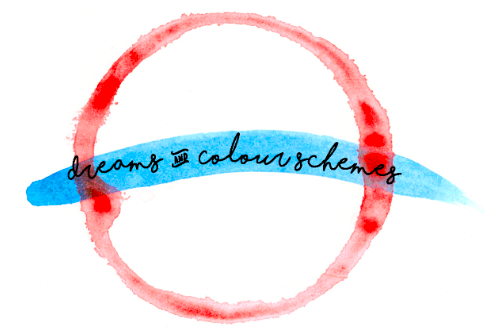Recently, I had been struggling to move forward with a number of projects that once excited me. They seemed to go stale and I felt as if I had come to the end of each strand of inspiration, the projects became a struggle and not a joy, I was scraping at the barrel and nothing seemed to get me out of the rut of running from it. When art becomes a chore it shows in the finished product, so here are my top 5 tips for when art becomes a chore, hopefully they will help you get excited about your projects again and get the ball rolling.
1) Review
This tip was given to
me by an art tutor when I explained to him why nothing seemed to be moving
forward. I find this tip only works if YOU allow it to. You need to dedicate an
entire morning, afternoon,
evening, any time where you can be left undisturbed and you can allow your mind
to focus. Don't choose a morning when you have a really busy afternoon to
follow, because you will find your mind wandering and becoming anxious if
you're thinking 'I should be doing......right now'. Find a space which you can
spread out all of your work on that project up to this point and just have
a good old look! Take the time to look through everything, even things you
don't necessarily see as significant or even like. It's down to your own way of
working how you do this review, I find it helpful to evaluate what I see
to be the strengths and weaknesses of the work so far. Taking the
time to step back and just take a good old look at everything 9 times out of 10
for me spurs ideas as to where I could go next with the project.
2) Change Your Environment
The truth is, there is
reams research that suggests that we as humans are much more reliant on
environmental triggers than we’d like to think. According to author
and psychologist John C. Norcross “your environment is not defined simply
by where you are; it’s also characterized by the people who surround you and
the situation you’re in”. Try to identify what detracts from and what
facilitates your art. For instance, problematic factors might include the time
of day or your own feelings such as stress or tiredness (feelings which for
myself have an extremely negative impact on my ability to create). What
kind of environment do you work best in? What kind of environment are you
usually in when you feel most excited about your art? What things does that
environment include (or exclude)? Creating your 'ultimate creative environment'
can in turn encourage creative thinking.
3) New Materials
Now this tip might
seem quite superficial, and perhaps it is just that, but for me it works like a
charm! If I'm feeling just a little flat about how my work is (or isn't, as the
case may be) progressing, buying a new art material can really get me going
again. It doesn't have to be an expensive shopping trip, just spend what you
feel comfortable with. For me, buying a new set of something that's looking a
bit tired in my own collection works really well to get me excited about
creating again.
4) Simple Searches
In
the past this strategy has worked well for me when I just feel like I've
reached the end of the road with all my threads of inspiration, either I've
worked them to death or I'm just not excited about them any more. Here's what I
do. Step back from your work, and do some simple searches. Sometimes Google
Images can be treated like some sort of no-go zone when it comes to art, and in
some respects it has it's flaws, but for this it's brilliant. Take the word
that sums up your project, it might be a project title or what subject matter
you've been exploring, and just put that straight into two websites...
1)
Google Images
2) www.tate.org.uk
Depending on your
search these can give broad images that might get your juices flowing, or you
might see something more specific that an artist (or anyone!) has created who
has been exploring the same things as you. I myself have
this habit of backing myself into a corner with my art projects and
becoming very narrow minded, this allows me to see the bigger picture and
realise the range of potentials for any project.
5) Don’t Be Too Hard On Yourself
Somewhat
self explanatory, but something for which I need to remind myself of when
I get into this narrow minded phase of a project which almost always comes at
some point. Realise why you're doing it, what is your goal? Why do you love to
create? While you may have a deadline for a project which is looming, and believe me
I understand how restricting this can feel, if you need a day off from a
certain project, or art all together, take it and allow yourself not to feel
bad about it. Often our own stress is the most limiting thing to a project moving
forward in the way that we would like, so relax! At times this is must easier
said than it is done, but ultimately, your state of mind will show through
in the work that you create. If I feel rushed and limited, my work will become
rushed and limited. If I feel calm, inspired and peaceful, it allows the
inspiration to materialise.
I
hope you found one or two things in this post that get you going about your art
again! Do you have any tips for when you get stuck in a rut with your projects?
Please share them in a comment below!












Post a Comment